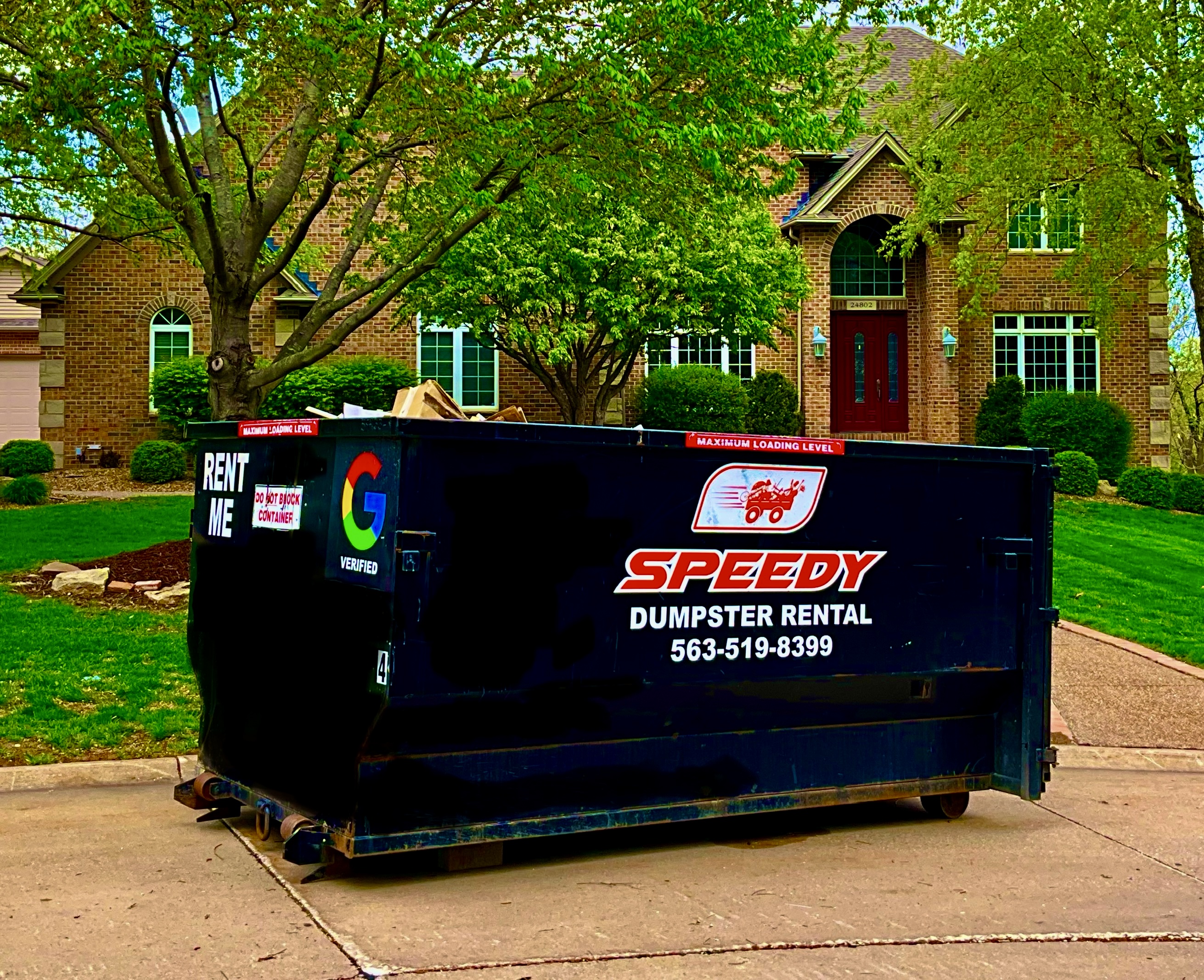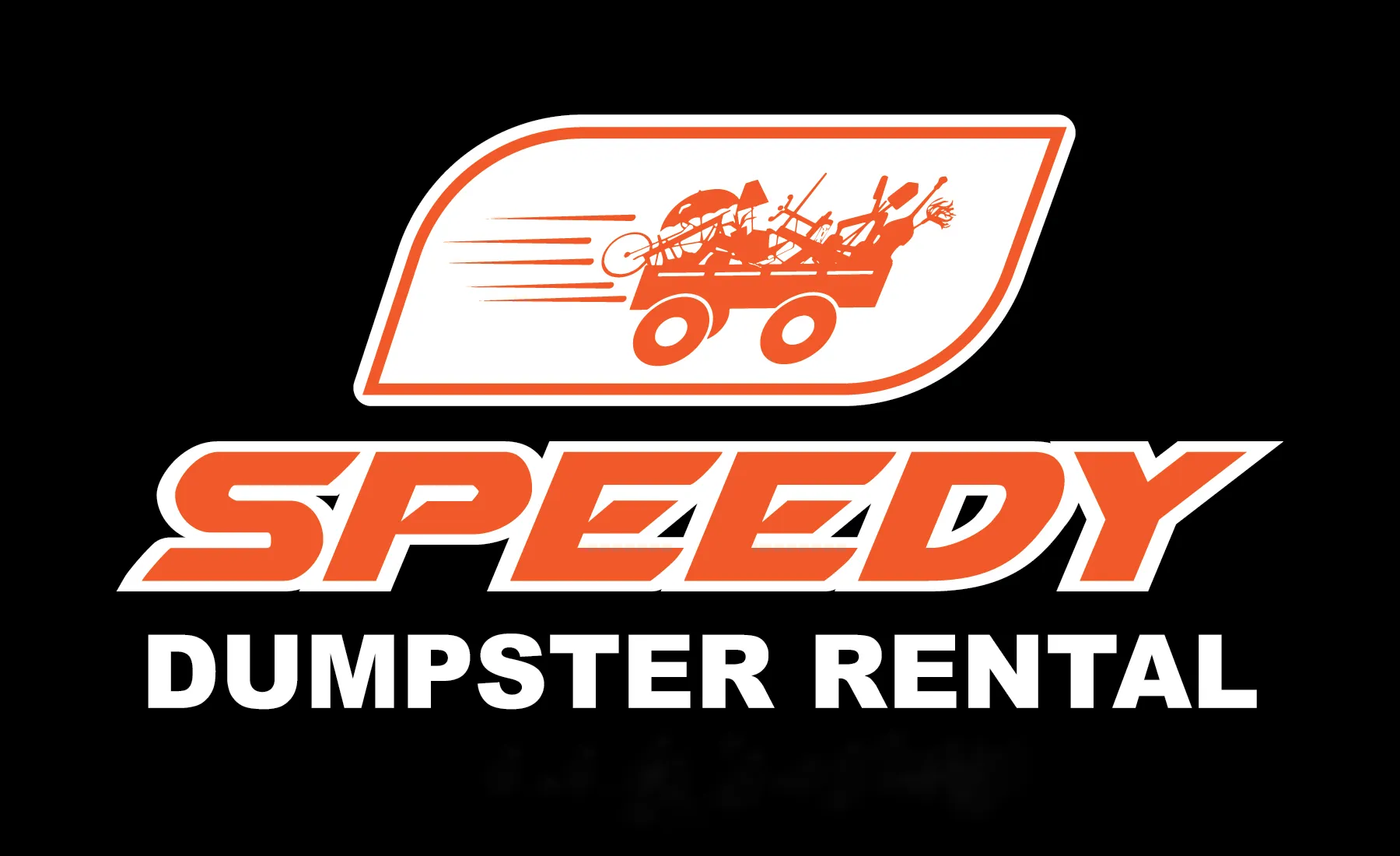OFFICE HOURS
Monday - Sunday: 7:00 AM - 7:30 PM

Construction Dumpster in Port Byron, IL
Construction dumpster service in Port Byron, IL offers containers, scheduling, and compliance for safe, efficient job sites. Learn more.
Construction Dumpster in Port Byron, IL
Construction dumpster services in Port Byron, IL provide the heavy-duty containers, scheduling flexibility, and regulatory compliance contractors and property owners need to keep jobsites safe, efficient, and on schedule. Whether you are performing a single-room renovation, full-house demolition, or a phased commercial build, understanding container types, logistics, weight and disposal rules, and local environmental concerns will help you plan accurately and avoid costly delays.
Why a dedicated construction dumpster matters in Port Byron, IL
Port Byron homes and sites face seasonal challenges that affect debris handling. Cold winters and freeze-thaw cycles generate muddy access in spring, and proximity to the Mississippi River means some areas are subject to flooding or higher groundwater. A properly selected and placed construction dumpster:
- Keeps debris contained during rain, wind, and thaw conditions
- Reduces safety hazards and on-site trip risks
- Makes phased projects predictable by providing scheduled removal and swaps
- Helps maximize recycling and reduce landfill costs through material sorting
Types and sizes of heavy-duty containers
Construction projects require durable roll-off dumpsters built to handle brick, concrete, timber, roofing, and metal. Common sizes and typical uses:
- 10 cubic yard: small remodels, garage cleanouts, limited demo debris
- 20 cubic yard: kitchen or bathroom gutting, single-trade jobs
- 30 cubic yard: larger remodels, small residential demolition
- 40 cubic yard: full-house demolition, larger construction projects
Choose a container based on volume and material weight. Dense debris like concrete, brick, or dirt consumes weight allowance faster than bulky but lighter materials such as drywall or wood.
Common construction dumpster issues in Port Byron and how to avoid them
- Overweight loads: Heavy materials quickly exceed weight limits. Sort and estimate concrete, masonry, and soil separately. Consider dedicated containers for heavy materials.
- Placement during thaw or flood season: Avoid low-lying spots prone to spring flood or poor drainage. Place containers on stable, elevated surfaces and use boards or pads to protect driveways.
- Obstructing public ways: If a dumpster sits on village streets or in the public right-of-way, a permit is often required. Coordinate placement to avoid blocking sidewalks, hydrants, or emergency access.
- Wind and rain scattering debris: Use tarps or lockable covers for loose materials during windy conditions. Secure light debris to prevent runoff into storm drains.
Debris sorting, recycling practices, and disposal documentation
Efficient recycling reduces disposal fees and supports local waste diversion goals. Typical sorting streams and handling practices:
- Metals: Separate ferrous and non-ferrous metals for recycling
- Concrete, brick, and asphalt: Crush and recycle where available; separate to lower tonnage costs
- Wood: Reuseable timber may be salvaged; untreated wood can be recycled or chipped
- Mixed C and D (construction and demolition) waste: Collected for transfer station processing and separation
Service providers commonly supply weight tickets, disposal manifests, and recycling diversion reports that contractors can use for project records and environmental compliance. For projects requiring documentation of waste handling, request these records at scheduling.
Weight limits, disposal fees, and heavy-material tips
All roll-off rentals include a weight allowance. Exceeding that allowance results in overage charges. Practical tips:
- Estimate weight by material: concrete and soil are heavy per cubic yard; drywall, wood, and insulation are lighter
- Use separate containers for heavy materials when demolition produces large volumes of concrete or dirt
- Track loads during phased projects to avoid surprises at mid-project changeover
- Expect disposal fees to vary based on waste type and destination facility; recycling streams may reduce overall costs
Scheduling and phased-project coordination
Construction projects often require staged debris removal. Effective scheduling choices:
- Set regular swap or pickup windows aligned with project milestones to avoid pileups
- Reserve containers in advance for predictable phases like demo, rough framing cleanup, and final-site clearing
- Coordinate arrival times to minimize conflicts with subcontractors and deliveries
- Allow flexibility in pick-up windows for weather delays common in spring and winter months
Provide site contact names and clear access instructions to ensure drivers can place and remove dumpsters without delay.
Jobsite logistics and placement guidelines
Proper placement reduces damage and keeps operations moving smoothly:
- Choose flat, stable surfaces; protect lawns and driveways with plywood or steel plates
- Avoid placing dumpsters under power lines, over septic fields, or on soft ground during thaw
- When placing on public property or street, confirm village permit requirements and allowed placement durations
- Leave adequate room for delivery trucks to approach, turn, and exit the site safely
Safety and environmental compliance
Construction dumpsters must be managed to meet OSHA, Illinois EPA, and local Village of Port Byron expectations:
- Prohibited materials: Hazardous wastes such as asbestos-containing materials, regulated lead paint debris, chemicals, and certain liquids are not accepted in standard roll-offs
- Asbestos and regulated materials: These require certified abatement and separate manifests; do not mix with general construction waste
- Dust and runoff: Control dust during loading, and prevent debris from entering storm drains and waterways, especially given proximity to the Mississippi River
- Load securement: Do not overfill beyond the container sides. Secure loads to prevent spillage during transport
- Documentation: Maintain weight tickets and disposal receipts for regulatory compliance and job records
What to expect during delivery and pickup
- Delivery: Truck will need clear access and typically a 60 to 90 minute window; site prep may include space clearing and ground protection
- Placement: Driver will position the container per your guidance; request protective boards or pads if needed
- Pickup: Containers should be accessible, unblocked, and free of prohibited items. Expect a scheduled pickup window and a weight ticket after disposal
Final considerations and maintenance tips
- Pre-sort on-site to separate recyclables and heavy materials and reduce costs
- Plan container turnover around key milestones to maintain a safe and productive work area
- Keep a written inventory of prohibited items and local permit rules to avoid delays or fines
- Document all disposal records for project closeout and for any regulatory inspections
Using a construction dumpster efficiently reduces downtime, improves safety, and helps meet Port Byron environmental and permitting requirements. Proper sizing, phased scheduling, material sorting, and adherence to safety and disposal rules are the elements that keep construction projects on track and compliant.

Customer
Testimonials
See what our satisfied customers are saying about their experience with us.
